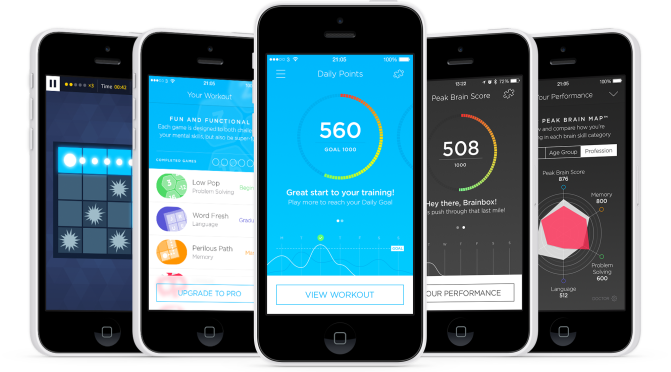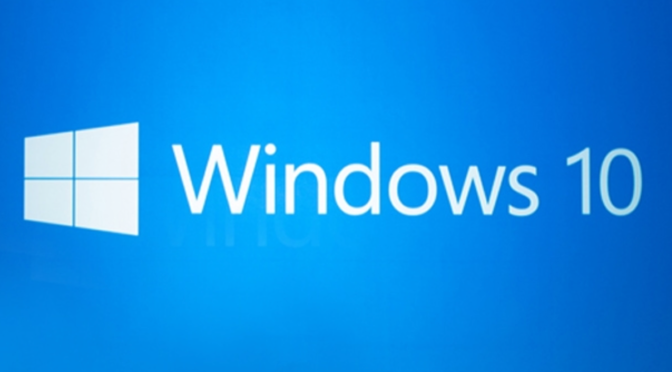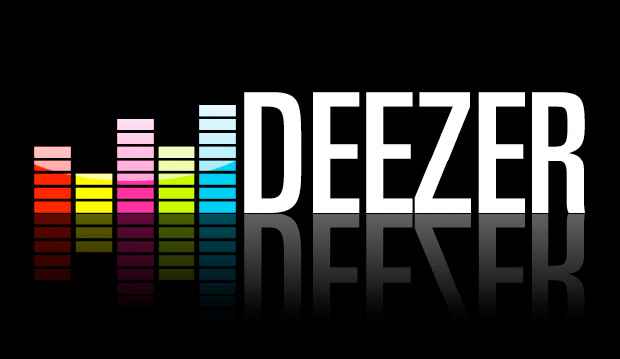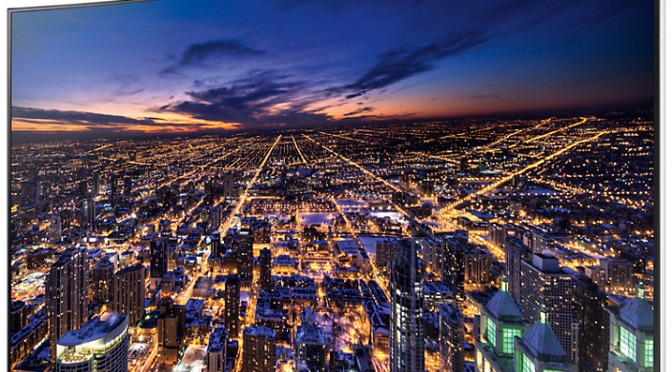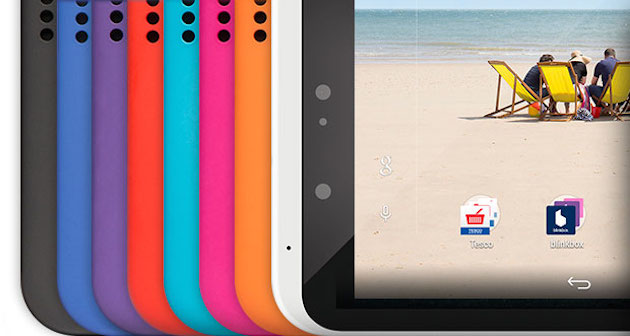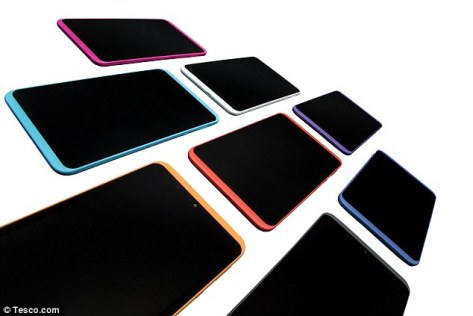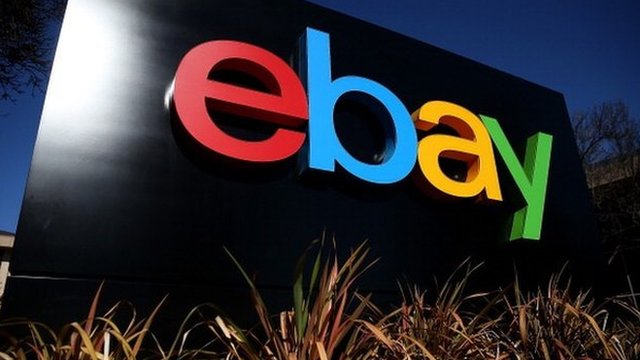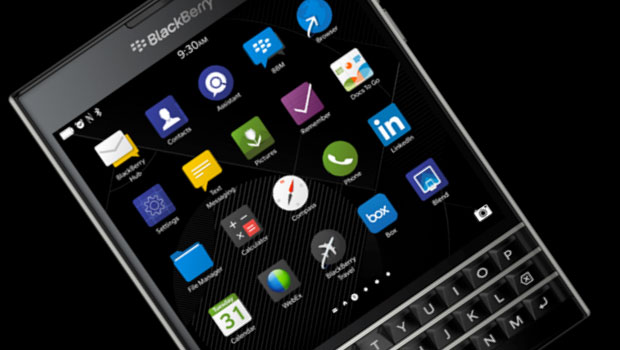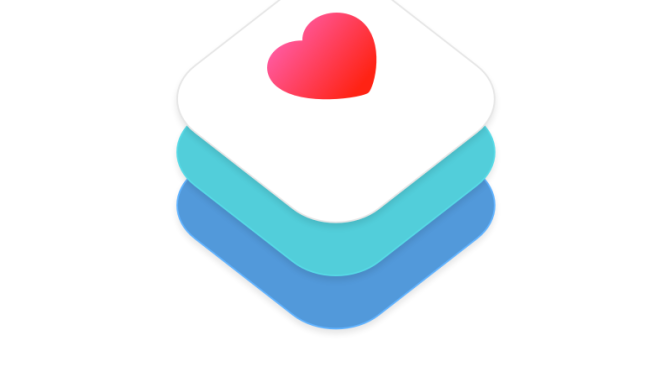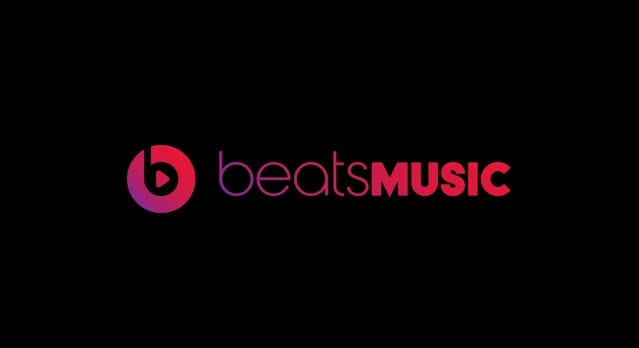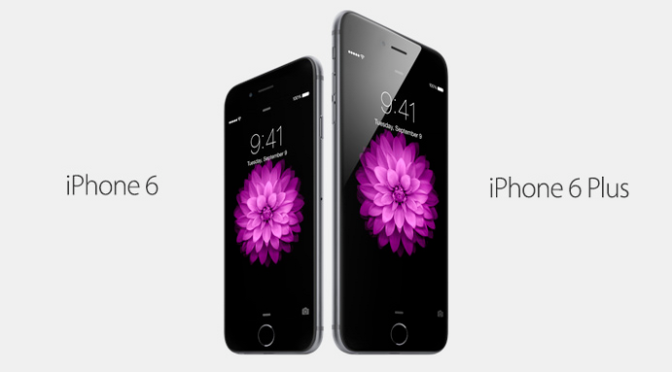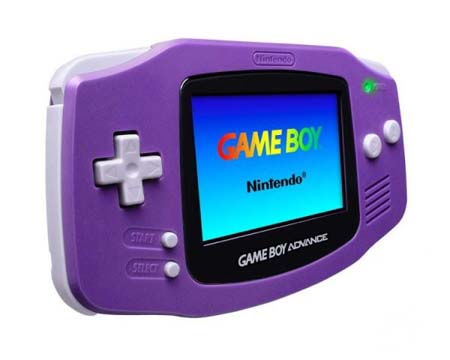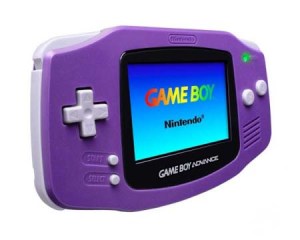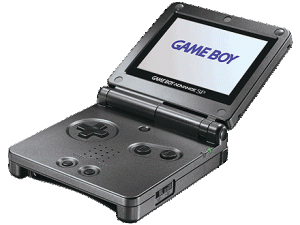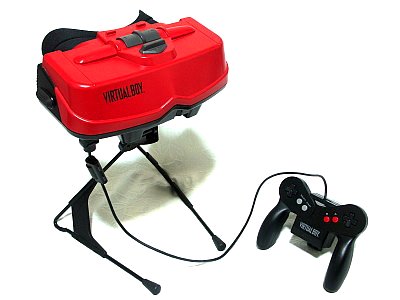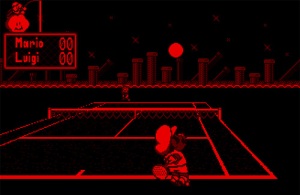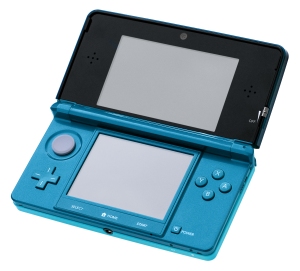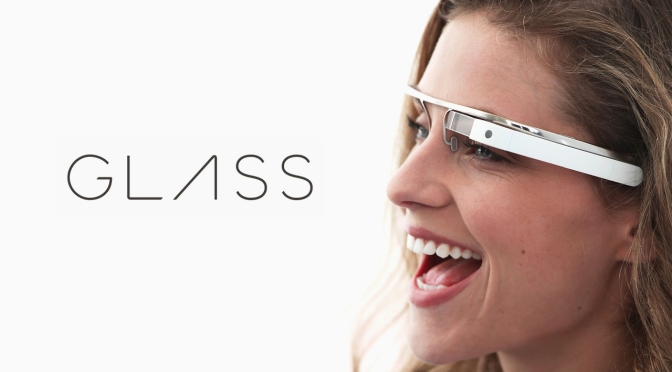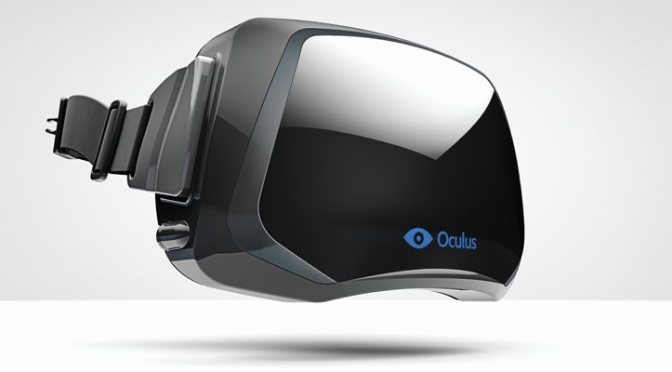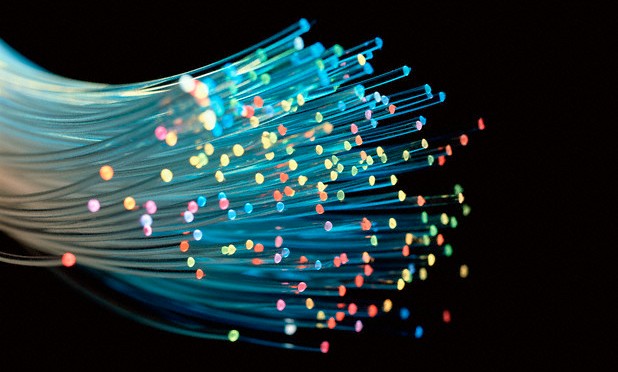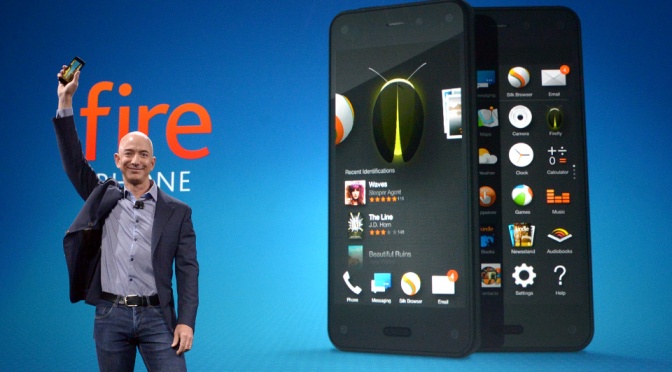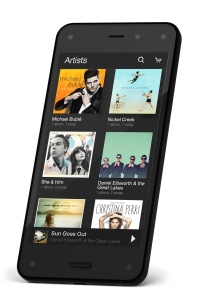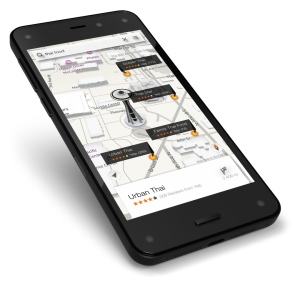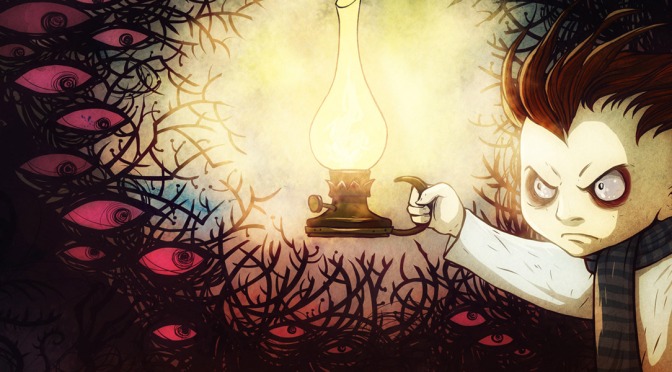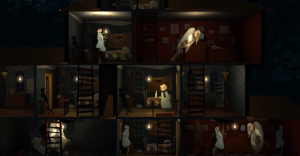I find the concept of consumer Virtual reality (VR) really exciting. To me what makes gaming more immersive and engaging is the attention to detail and the resulting sense of reality. The more immersed I feel, the better the experience. The result of gaming consoles becoming more powerful in recent years has resulted in contemporary video games feeling much more realistic and engaging. Modern day graphics processors have really pushed the boundaries of what we though possible and we are now entering a new age of realism.
3D technology was the last craze which was slated as taking things to the next level. Modern hardware was capable of rendering games in 3D but whilst the technology became largely affordable, it next quite took off as we had hoped. Having personally built my own 3D gaming PC I was amazed the first time I donned my bulky active shutter glasses and played Battlefield. It was a mesmerisingly beautiful experience and for the first time ever I felt as though I was actually within the virtual environment.
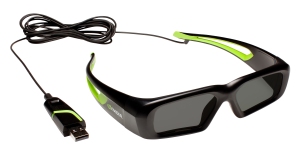
This initial excitement soon gave way to apathy, however as eventually I realised that the 3D experience was far from a relaxing one. The concept of putting the uncomfortable glasses on every time I wanted to play Battlefield became a bit of a barrier to my gaming experience. After a few months I just stopped using them. My problem is that I’m a casual gamer. I play computer games when I get a bit of frown time and ultimately I just want to sit down with a game and relax.
Whilst 3D goggles aren’t too much of an inconvenience, I just found that I tended not to bother with them. The 3D experience was not a relaxing one and I found I had to be really in the mood to want to play. Unfortunately I think many people had the same issue which is why the consumer 3D experience never really took off.
Now whilst I find the concept of virtual reality gaming particularly exciting, I do wonder whether my personal experience will be similar to that of 3D. Virtual reality is a logical progression when it comes to making gaming more engaging. The idea of feeling completely immersed in a fully 3D virtual word is frankly astounding. My fear however is that the virtual reality experience will struggle to become mainstream, as has previously been the case. Can the technology truly become cheap enough for mass consumption? And, will the experience ever be refined enough to keep us wanting more?
The concept of virtual reality is nothing new. Actually, the technology has been around since 60’s. Back then however VR tech took up entire rooms and was grossly expensive. Furthermore, the tech was largely used by the military for simulation purposes and was by no means a mainstream experience. There were many advances in the tech over the following two decades but it was not until the 90’s when we started to become obsessed with the concept of virtual reality. We were promised that a new generation of powerful gaming hardware would bring VR to the masses but ultimately it never did. The technology of the day was still expensive and as such struggled to become commercially viable.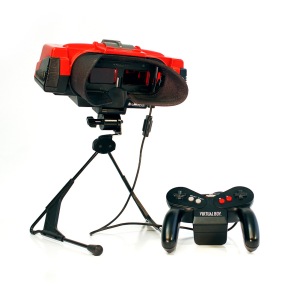
Nintendo had a crack at virtual reality in 1995 with the release of the Virtual Boy. Although the system differed to what we expect today, it did go some way in creating a unique gaming experience which was at least available to the masses. Unfortunately the system was a commercial flop. This was largely attributed to its high price and the discomfort that the system caused. Moreover, in order to keep costs down, Nintendo opted to use a rather limiting red monochromatic display as opposed to a full colour one. This coupled with poor design ergonomics made for a pretty uncomfortable, nausea inducing experience.
Fortunately today advances in technology have meant that consumer VR is much closer to reality. Modern day games consoles are far superior to those of the 90’s and capable of outputting some serious horse power. Furthermore, thanks mainly to Oculus and Sony, a lot of time and money has gone into developing consumer VR systems capable of finally making the tech mainstream.
It was a relatively unknown company called Oculus VR that first reignited our passion for virtual reality with the development of the Rift gaming headset. The Rift started off in life as a kickstarted project. Oculus hoped to obtain enough funding on kickstarted to see the project through but ultimately didn’t expect to make any profit. Fortunately for Oculus however thousands of people shared their passion for consumer VR and pledged almost two and a half million dollars in funding. As such the Rift was born.
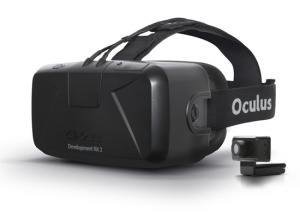
Although the initial Rift prototype incorporated a low resolution display and was plagued with motion blur issues, the latest version sports a beautiful 1080p OLED display and an external camera capable of detecting the position of the head. The current Rift system is looking incredibly promising and looks to offer a very polished VR experience. Rather controversially, Oculus were acquired by Facebook in March this year for a massive $2 billion! Supporters of Oculus we’re furious and accuse Oculus of “selling out”.
Earlier this year Sony also caused a stir by announcing that they too had been developing a consumer based VR headset known as Morpheus. Morpheus is an immersive 3D headset which features a full HD LCD display and will connect to the PS4 via HDMI and USB. It also offers a 90 degrees field of view and links in with the Playstation camera for motion control. Sony state that at this stage the headset is only a prototype and by no means reflects the final design. Clearly a lot of consideration has gone into the current setup however with Sony claiming that Morpheus is designed for comfort and has good ventilation factored in to prevent the lenses steaming up. 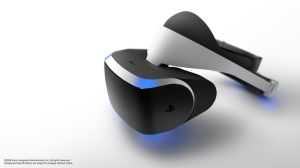
What is also interesting is that Samsung are also now known to be developing their own virtual reality interface for their high end smartphones. It later came to light via Engadget that this is in fact a joint project between Oculus and Samsung. This mutually beneficial arrangement will allow Samsung access to Oculus’ mobile software development kit, with Oculus having access to Samsung’s OLED technology in return. Samsung’s VR system will not be a standalone device but rather a VR interface to your smartphone.
Whilst consumer based VR systems are looking likely to take the word by storm, there is that concern that we have been here before. That VR craze of the mid 90’s (largely inspired by the infamous movie – Lawnmower man) did gather a lot of momentum but of course our expectations were too high and the technology just couldn’t deliver. The VR systems of the time were bulky, uncomfortable and expensive and frankly not what we expected. As such people quickly lost interest in the idea of VR.
It is arguably unfair, however to draw parallels with the past. Things are certainly different today. The technology has come a long way from the bulky underpowered systems of the 90’s. The current VR craze – heavily inspired by Oculus and Sony – is again gathering a huge amount of momentum. The VR gaming headsets being presented today promise to deliver, and I for one am inclined to believe the hype. I really hope this is the time for VR to finally become a commercial success but I still have some concerns.
The technology has to be truly affordable to be successful commercially. It’s no use if only a select few can afford to invest in VR headsets. Furthermore the systems have to be comfortable and easy to use. It is well known that both Rift and Morpheus have had some comfort issues that need assessing. At the end of the day, if I come back from a hard day at work and need a little down time, the last thing I want to do it strap some bulky uncomfortable headset to my head. If it causes me any discomfort at all I wont want to use it.
There is also the motion sickness issue. The VR experience is quite an intense one and renowned for being a little taxing. Again, if this issue is not overcome then I can see VR being a bit of a gimmick with no real long term potential. The experience has to feel refined and it has to make me want to come back for more.
I really hope consumer VR becomes a mainstream experience, I just don’t want it to feel taxing.
